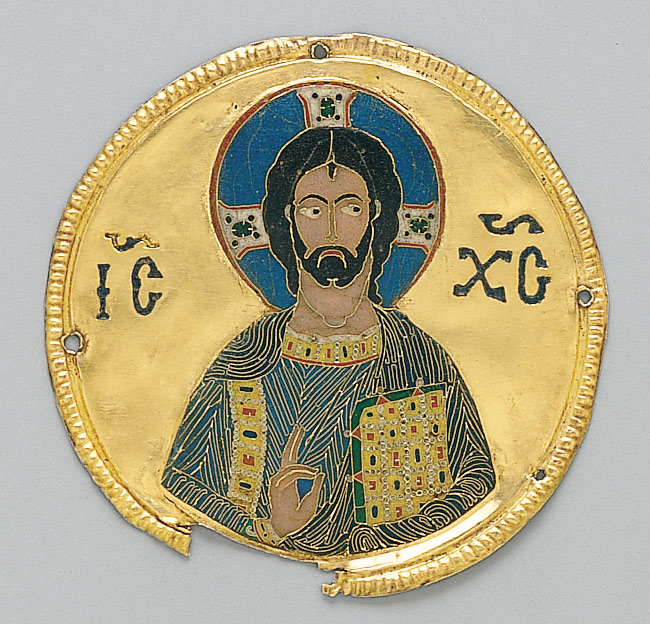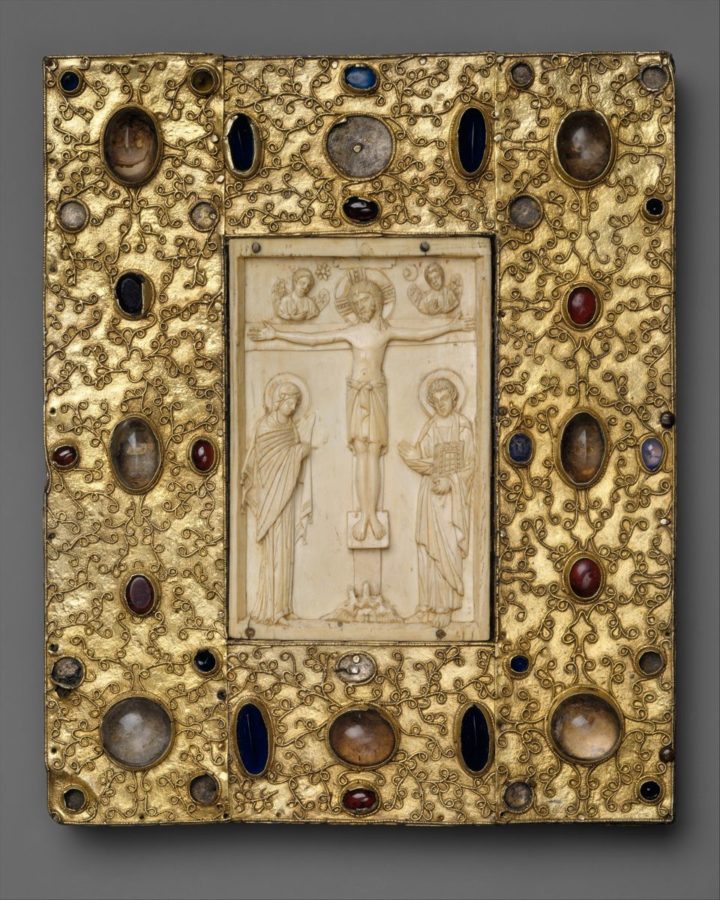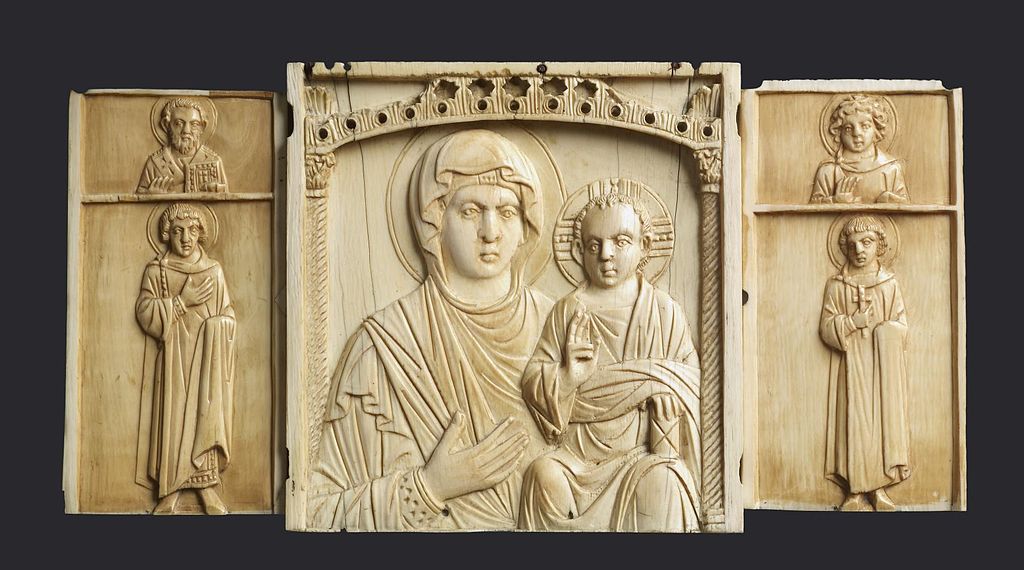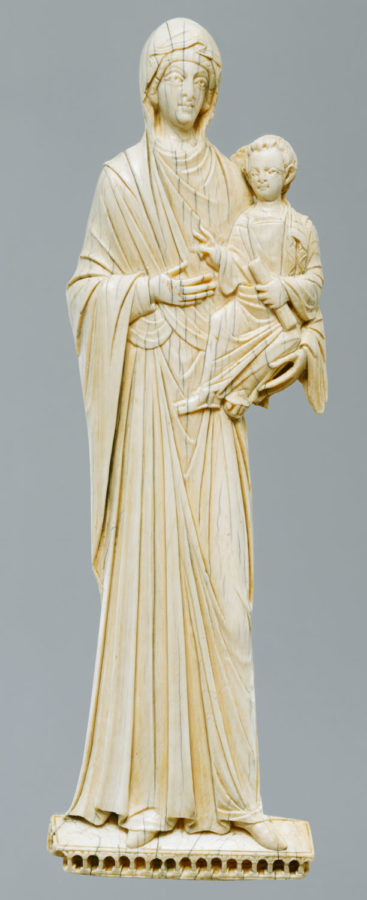Northern Renaissance in 10 Artworks
The Northern Renaissance took place in Europe north of the Alps, primarily in regions like the Netherlands, Germany, France, and England. Artists...
Anna Ingram 31 March 2025
Byzantine icons are more of a prayer object than anything else. Though likened to idolatry, the icons mean more than what can be confined by that singular definition. Byzantine icons in the Medieval church were used to accompany prayers… To give the worshiper a two-dimensional image, rather than a three-dimensional solid object, to use in their prayers. The believers were not worshipping the object itself but the religious individual in the painting; or in the case of certain icons, an emperor. Learn more about some of the amazing Byzantine icons.

An icon is a work of art, typically of a religious nature; derived from the Greek word eikōn, meaning “image.” The most common icons are of religious figures: ranging from Christ, the Virgin Mary, saints, or angels. Furthermore, common icons are done in portrait style but also may include narratives, such as this ivory piece from ca. 2nd century from the Byzantine Empire. Though the border around is Spanish and was completed at a later date, the ivory center itself is from Constantinople.

The term icon generally refers to a specific style of art from the Eastern Orthodox religion done in the style of a wooden panel painting; however, they came in multiple mediums and sizes – big, small, as jewelry, statues, church decorations, etc; and have been dated back to the 8th century CE.

This triptych icon of the Virgin Mary, child Christ, and saints portrays the Virgin pointing to the Christ child with her hand. This gesture is known as “she who points the way,” or the Virgin Hodegetria. The name stems from a specific icon that was located in the Hodegon Monastery in Constantinople.
Compositionally, the three distinct pieces do not match up. Art historians believe the pieces were fitted together from two different artworks at a later date. While the pieces may not exactly match, this ivory and bone icon is a lasting example of the Byzantine style. Below, the Virgin Mary points to her Child once more. This is, however, much more of a stand-alone piece.

In the Byzantine church, the icon was used for contemplation of prayer to be used as a method of direct communication with the religious figures. And while there are many left to admire from the Byzantine Empire period, there have been many acts of unrest against much more pieces than we know about.
Iconoclasm is defined as
– The action of attacking or assertively rejecting cherished beliefs and institutions or established values and practices.
– The rejection or destruction of religious images as heretical; the doctrine of iconoclasts.
Iconoclasm has recurred in various episodes throughout the history of the Christian Church, and it is not an anomaly within Byzantine or Orthodox cultures. In the context of the Byzantine or Eastern Orthodox Church, the iconoclast movement, involving the “breaking of images,” is linked to theological debates between the Byzantine state and the Orthodox Church. Due to the years when icons were prohibited in worship, not many have survived. Whether they were destroyed or painted over, this controversy resulted in the loss of numerous beautiful works of art. Both religious icons and representations of figures or heads of state were not immune to destruction.
Iconoclasm continues even today. When new political regimes emerge, there is a tendency to destroy iconic images associated with previous political or religious groups. This phenomenon is observable in the Middle East and even in the United States, where statues dedicated to leaders of the Civil War factions are torn down due to the controversial ideas they represent regarding racism and slavery.
DailyArt Magazine needs your support. Every contribution, however big or small, is very valuable for our future. Thanks to it, we will be able to sustain and grow the Magazine. Thank you for your help!